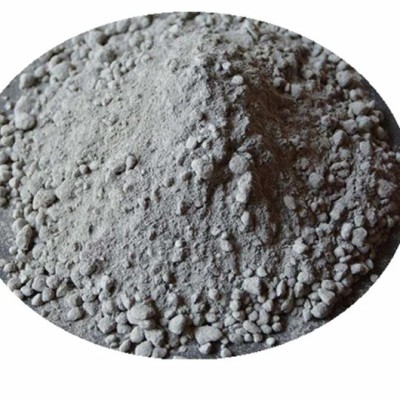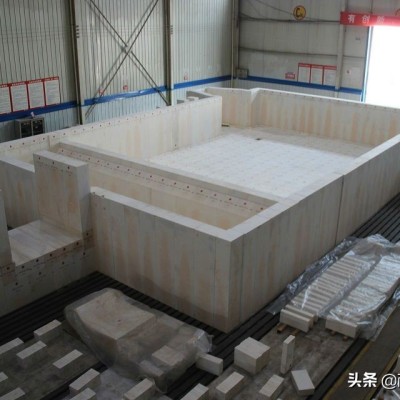
Low Cement Castables
ow Cement Castables are a type of unshaped refractory material that contains a significantly reduced amount of cement compared to traditional castables. Typically, the binder content in LCC is lower than 8%, which is much lower than in conventional castables, where the cement content can go up to 30%. This reduction in cement content is achieved through the use of high-quality raw materials such as alumina, silica, and various additives that improve the material’s strength, durability, and resistance to thermal shock.
By reducing the cement content, LCCs are able to offer enhanced performance characteristics, making them suitable for use in applications where high-temperature stability, wear resistance, and a longer service life are essential.
Key Advantages of Low Cement Castables
1. Improved Thermal Stability
Low Cement Castables exhibit excellent resistance to high temperatures, making them ideal for use in industries where extreme heat is a constant factor. The reduced binder content minimizes the formation of weak phases, enhancing the material's thermal stability and allowing it to withstand intense thermal cycles without cracking or degradation.
2. Superior Wear Resistance
LCCs are designed to resist abrasion and erosion, making them perfect for environments that involve the continuous movement of materials. This property is especially critical in furnaces and kilns that handle molten metals, glass, or cement. The high density and compact structure of LCCs ensure that they maintain their integrity over extended periods of time, reducing the need for frequent repairs and replacements.
3. Enhanced Mechanical Strength
The reduced cement content combined with carefully selected aggregates results in an increased density and mechanical strength in Low Cement Castables. This makes them highly resistant to mechanical stress, cracking, and deformation under heavy loads, ensuring long-lasting performance in demanding environments.
4. Improved Resistance to Chemical Attack
LCCs are less likely to be affected by corrosive chemicals compared to traditional castables. Their superior resistance to chemical attack makes them an excellent choice for industries that handle aggressive materials, such as molten metals, slag, and acidic or basic environments. This resistance to chemical degradation helps extend the lifespan of the furnace linings, reducing downtime and maintenance costs.
5. Lower Thermal Conductivity
Due to their lower cement content and high-density structure, Low Cement Castables typically exhibit lower thermal conductivity than conventional castables. This results in better insulation properties, helping to reduce heat loss in furnaces and kilns. In turn, this improves energy efficiency, reducing overall operational costs.
Applications of Low Cement Castables
Low Cement Castables are versatile and can be used in a wide range of high-temperature applications. Some of the most common uses include:
- Industrial Furnaces
Whether used in steelmaking furnaces, glass furnaces, or cement kilns, LCCs provide superior lining materials for high-heat applications. Their resistance to thermal shock and mechanical wear ensures that they can perform reliably even in the most extreme environments.
- Boilers and Incinerators
Due to their ability to withstand both high temperatures and chemical attacks, Low Cement Castables are often used in boilers and incinerators. They help maintain structural integrity in these systems, which are subjected to both high thermal and mechanical stress.
- Refractory Linings for Kilns
In rotary kilns and tunnel kilns, Low Cement Castables offer excellent performance as lining materials. They provide the durability required to withstand the harsh conditions inside the kiln while also improving the overall energy efficiency of the system.
- Aluminum Production
LCCs are widely used in aluminum furnaces and ladles, as they exhibit excellent resistance to both thermal shock and corrosion from molten metal. Their use in aluminum production facilities helps improve the longevity and efficiency of furnaces, ultimately reducing maintenance costs.
- Glass and Cement Industries
The glass and cement industries rely heavily on refractories that can withstand both high temperatures and aggressive chemical environments. Low Cement Castables offer a durable solution for linings and furnace repairs, ensuring high performance and minimal maintenance.
product url: https://refractoryfurnace.com/....monolithic-refractor






